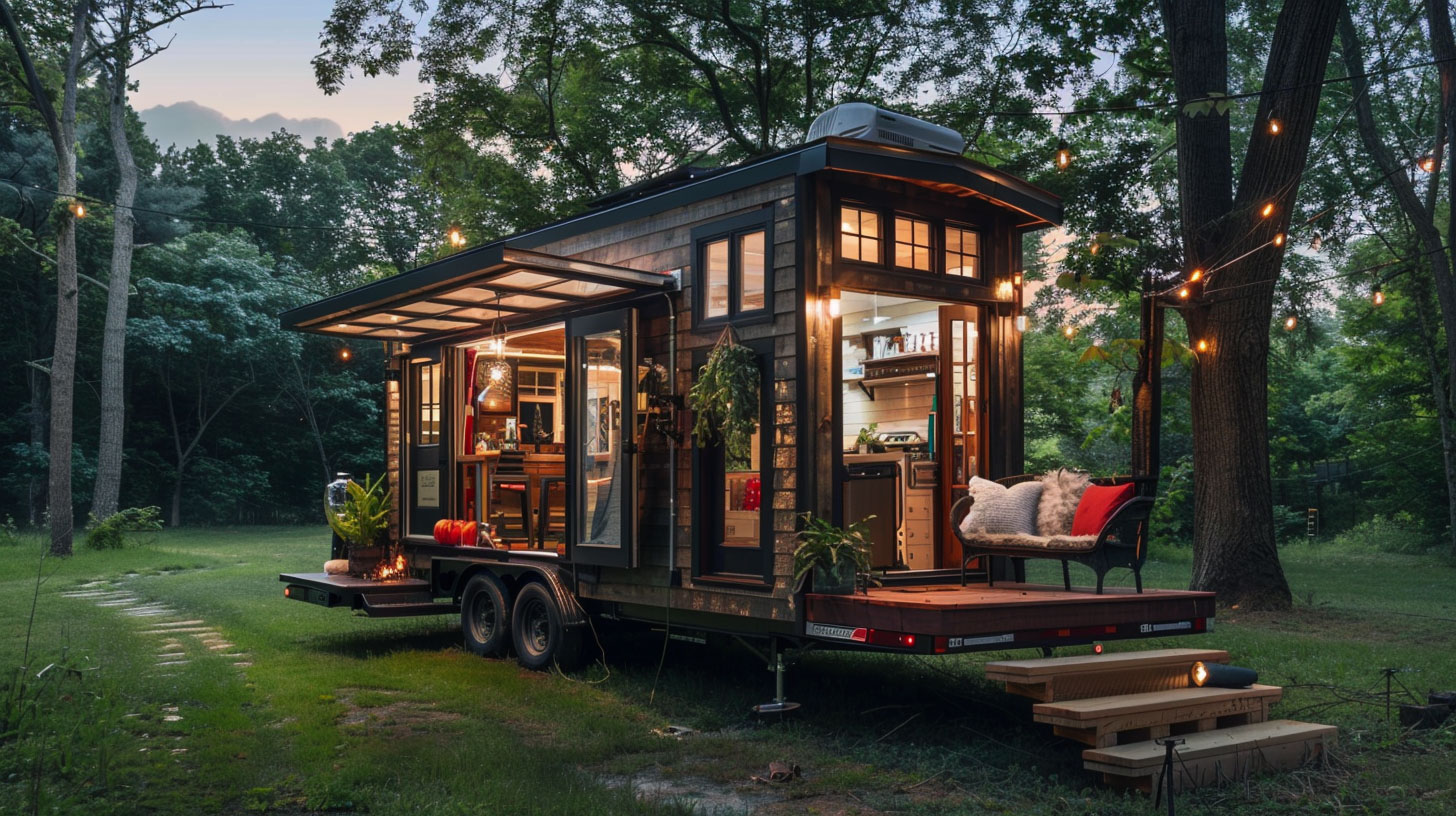In recent years, tiny homes have evolved from a niche trend to a global movement. No longer just a curiosity for minimalists, tiny homes are now being hailed as a revolutionary solution to various modern-day issues, such as housing affordability, environmental sustainability, and psychological well-being. This article explores the myriad of ways in which these compact living spaces are transforming lives and communities worldwide.
The Origins and Evolution of Tiny Homes
As the name suggests, tiny homes are small residential structures typically ranging from 100 to 400 square feet. While the idea of compact living is not new, the modern tiny home movement can be traced back to the late 1990s and early 2000s. Jay Shafer, with his company Tumbleweed Tiny House Company, popularized the concept in North America with his innovative designs and public advocacy.
However, tiny homes have since branched out far beyond their humble beginnings. They are no longer merely self-reliant or makeshift solutions; they have evolved into high-quality, architecturally thoughtful living spaces catering to diverse lifestyles and preferences.
From Necessity to Trend
Initially, many people turned to tiny homes out of necessity. For instance, economic downturns and housing crises left individuals searching for affordable living solutions. Tiny homes provided a cost-effective alternative to traditional housing, often at a fraction of the price. Yet, as time went on, the benefits of tiny homes became apparent to a broader audience. Sustainability enthusiasts, design fans, and those wanting to downsize were attracted to this unique way of living.
Environmental Benefits and Sustainability
One of the most significant advantages of tiny homes is their reduced environmental impact. In a world increasingly concerned with climate change, tiny homes offer a way to significantly minimize one’s carbon footprint. Their modest size means they require fewer materials to build and less energy to heat and cool, and they inspire simpler, consumption-conscious lifestyles.
Energy Efficiency
Most tiny homes are constructed with energy efficiency in mind. From solar panels to high-performance insulation, tiny houses can incorporate state-of-the-art green technologies that make them incredibly eco-friendly. Their smaller space naturally leads to lower energy usage, reducing monthly utility bills and overall carbon output.
Resource Conservation
Beyond energy use, tiny homes promote a more efficient use of resources. With limited space, owners are often more mindful about their consumption habits—from reducing water usage to minimizing waste. Many tiny home dwellers live off-grid, using composting toilets and greywater systems, further enhancing their sustainability.
Improving Affordability and Accessibility
The financial aspect of tiny homes cannot be overstated. Traditional homeownership often feels out of reach for many, especially in the face of rising real estate costs. Tiny houses come at a much lower price point, making homeownership accessible to a broader demographic, including young professionals, retirees, and those seeking to avoid the burdens of a large mortgage.
Cost-Effective Living
Beyond the initial affordability, tiny homes also offer ongoing financial benefits. They require less maintenance, incur lower utility costs, and often eliminate the need for large lawns or complex infrastructure. This affordability allows residents to invest in other areas, such as travel, education, or future savings.
Community and Accessibility
Tiny home communities—groups of small homes close to one another—are spreading worldwide, fostering a sense of community and shared resources. These neighborhoods often emphasize communal living, shared utilities, and collective efforts aimed at sustainability. They provide opportunities for social interaction and mutual support, addressing the modern-day problem of social isolation.
Psychological Benefits of Downsizing
Interestingly, the shift to tiny living also brings psychological benefits. By encouraging a clutter-free, minimalist lifestyle, residents often find themselves shedding unnecessary possessions, which can lead to enhanced mental clarity and well-being. The act of downsizing forces individuals to focus on what truly matters to them.
Simplification and Focus
Living in a tiny home cultivates a more straightforward way of life. Residents can focus more on hobbies, work, and relationships without the distractions and maintenance needs of a larger home. This simplification can be remarkably freeing, leading to lower stress levels and an improved quality of life.
Living Intentionally
Many tiny home dwellers speak to the intentionality that accompanies minimizing their living space. The conscious decisions required to downsize possessions and focus on essentials encourage a more deliberate and fulfilling lifestyle, which can lead to greater personal satisfaction and happiness.
Challenges and Considerations
Despite the numerous benefits, the tiny home movement has its challenges. Zoning laws and building codes can often be significant hurdles, restricting where and how tiny homes can be built. Additionally, adjusting to a drastically reduced living space can take time and may not suit everyone.


